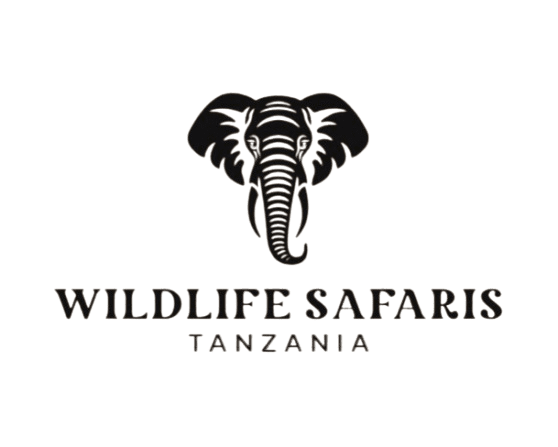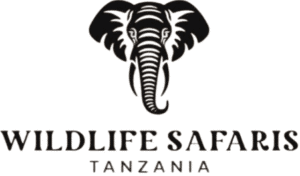Kilimanjaro Hiking – Conquering the Roof of Africa
Mount Kilimanjaro is one of the world’s most iconic mountains—a towering snow-capped giant rising 5,895 meters (19,341 feet) above the plains of Tanzania. Known as the “Roof of Africa,” Kilimanjaro offers an unforgettable hiking adventure, attracting trekkers from around the world who come to challenge themselves, embrace dramatic landscapes, and stand on the highest free-standing mountain on Earth.
Despite its incredible height, Kilimanjaro is a non-technical climb, making it accessible to determined adventurers with the right preparation, fitness, and mental strength.
A Journey Through Five Unique Climate Zones
Hiking Mount Kilimanjaro is like walking from the equator to the Arctic in just a few days. Each day brings a new ecological zone, each with its own beauty and atmosphere:
1. Cultivation Zone (800–1,800m)
Green farmlands, villages, and coffee plantations mark the beginning of your trek.
2. Rainforest Zone (1,800–2,800m)
Dense tropical rainforest alive with birds, monkeys, waterfalls, and mist.
3. Heath & Moorland Zone (2,800–4,000m)
Wide-open valleys, giant heather plants, volcanic landscapes, and sweeping views.
4. Alpine Desert Zone (4,000–5,000m)
Dry, rocky, lunar-like terrain with sharp temperature drops and strong winds.
5. Arctic Summit Zone (5,000–5,895m)
A frigid, icy world of glaciers and snowfields leading to the summit: Uhuru Peak.
This diversity makes Kilimanjaro one of the most scenic hikes on the planet.
Popular Kilimanjaro Routes
Marangu Route (5–6 Days)
Known as the “Coca-Cola Route,” it’s the only route with hut accommodation.
Gentle but with lower success rates due to poor acclimatization.
Machame Route (6–7 Days)
One of the most scenic and popular routes.
Nicknamed the “Whiskey Route” for its rugged beauty and higher difficulty.
High success rate due to good acclimatization profile.
Lemosho Route (7–8 Days)
Highly recommended for first timers.
Beautiful, remote, and excellent for acclimatization.
One of the highest summit success rates.
Rongai Route (6–7 Days)
Approaches from the north near Kenya.
Quiet, less crowded, and perfect during rainy seasons.
Umbwe Route (6–7 Days)
Steep, direct, and the most challenging route.
Best for highly experienced hikers.
Northern Circuit (8–9 Days)
The longest and newest route.
Incredible scenery, low crowds, and the best success rate of all routes.
Difficulty – Is Kilimanjaro Hard?
Kilimanjaro is challenging but achievable for many people.
The main difficulty is altitude, not steep climbing.
Success depends on:
-
taking the right route
-
hiking slowly (“pole pole”)
-
staying hydrated
-
proper acclimatization
-
mental determination
With good preparation, most healthy trekkers can reach the summit.
Training & Preparation
Training for Kilimanjaro should include:
-
long-distance walking and hiking
-
strength and endurance exercises
-
cardio workouts (cycling, running, stair climbing)
-
practicing with a loaded backpack
Aim to train for 6–10 weeks before the climb.
Kilimanjaro Wildlife & Scenic Highlights
Along the way, hikers may encounter:
-
black-and-white colobus monkeys
-
blue monkeys
-
rare birds
-
giant groundsels
-
unique high-altitude flora
-
stunning sunsets over the savannah
-
glaciers and crater viewpoints
Photography opportunities are endless.
Summit Night – The Final Push
Summit night is the most intense part of the climb.
It begins around midnight with a slow ascent in darkness toward Uhuru Peak.
The cold is extreme, and oxygen levels are low.
But as dawn breaks, the sky glows with orange and pink hues over Mawenzi Peak—a magical moment that gives trekkers the final push to the summit.
Standing at Uhuru Peak is an emotional, life-changing experience—one filled with pride, relief, and overwhelming beauty.
Best Time to Hike Kilimanjaro
The best seasons are:
-
January to early March (clear skies, mild weather)
-
June to October (cool, dry, great visibility)
Avoid April–May and November during the rainy seasons.
What to Pack
Essential items include:
-
thermal layers
-
waterproof jacket and pants
-
insulated gloves & hat
-
hiking boots
-
headlamp
-
trekking poles
-
hydration system
-
warm sleeping bag
-
snacks, energy gels, and electrolytes
A proper gear list ensures comfort and safety.
Safety & Guided Climbs
All Kilimanjaro treks must be guided.
Professional mountain crews include:
-
guides
-
porters
-
cooks
They manage safety, navigation, altitude monitoring, and campsite comfort.
Choosing a reliable safari & trekking company ensures your best chance of reaching the summit.
Acclimatization Tips
-
hike “pole pole” (slowly)
-
drink 3+ liters of water daily
-
consider extra acclimatization days
-
use the “climb high, sleep low” method
-
listen to your guides
Proper acclimatization dramatically increases success.
Conclusion
Kilimanjaro is more than a mountain—it is a journey of strength, resilience, and personal triumph. Its beauty, diversity, and emotional reward make it one of the world’s greatest trekking adventures. Whether you’re seeking a bucket-list accomplishment, a spiritual journey, or an outdoor challenge, reaching the Roof of Africa is an achievement that stays with you forever.


